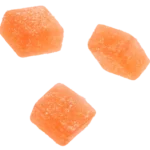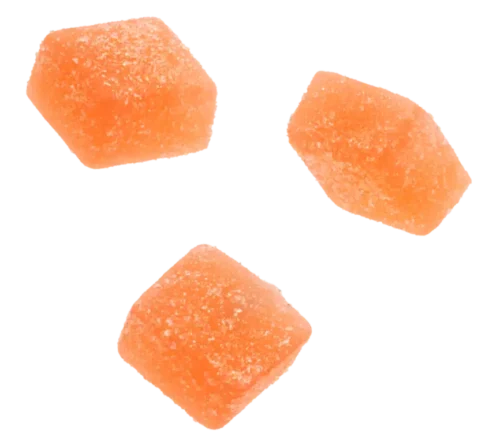How Long Do Edibles Take To Kick In And Start Working?


Christopher Visser
Multi-Cannabis Business Owner
Christopher Visser, the Founder and CEO of Cannabidiol Life and THCGummies.com, is a distinguished figure in the CBD industry, recognized for his pioneering contributions since 2016. With over 120 published articles, Christopher has become a reputable cannabis researcher, writer, and author. He's built two prosperous cannabis ventures that collectively generated millions in annual sales. His in-depth analysis of numerous cannabis studies, collaboration with medical professionals, and personal engagement with thousands of customers underline his expertise and commitment to advancing cannabis understanding daily.
-
 Written By:
Christopher Visser
Written By:
Christopher Visser
- Published:
- Updated: February 8, 2024
- Too Quiet, Light Up The Convo!
The attractive high from ingesting THC will usually kick in 45 minutes after consumption. While that's the expectation, it could take up to two hours for edibles, like THC gummies, to begin working. Cannabinoids, like Tetrahydrocannabinol (THC) and Cannabidiol (CBD), become bioavailable once your liver metabolizes them, a longer process than vaping and smoking THC.
Table of Contents
To start things off, here are the key takeaways from this article:
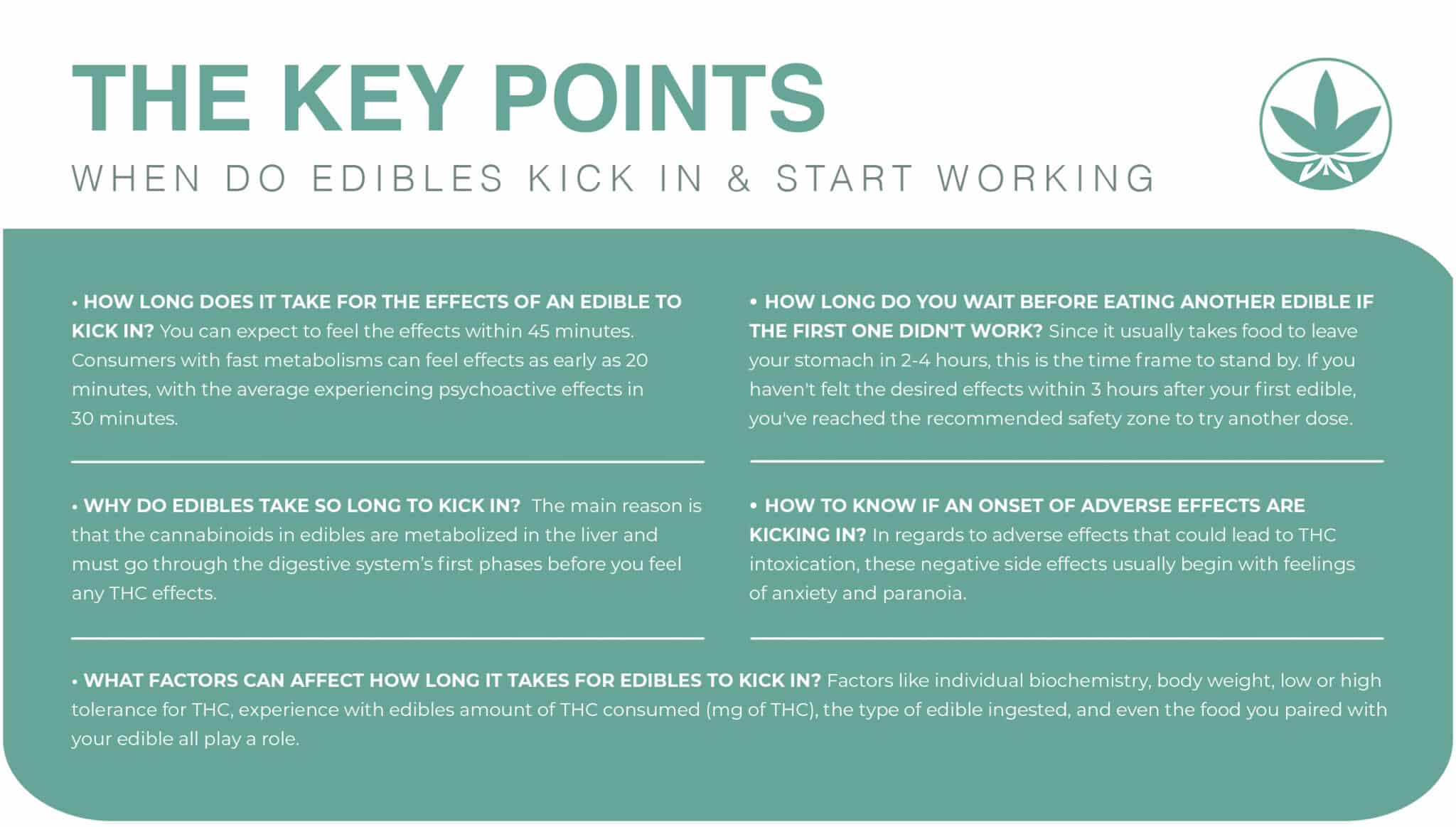
THE KEY POINTS
You can expect to feel the effects within 45 minutes. Consumers with fast metabolisms can feel effects as early as 20 minutes, with the average experiencing psychoactive effects in 30 minutes.
The main reason is that the cannabinoids in edibles are metabolized in the liver and must go through the digestive system’s first phases before you feel any THC effects.
Factors like individual biochemistry, body weight, low or high tolerance for THC, experience with edibles, amount of THC consumed (mg of THC), the type of edible ingested, and even the food you paired with your edible all play a role.
Since it usually takes food to leave your stomach in 2-4 hours, this is the time frame to stand by. If you haven’t felt the desired effects within 3 hours after your first edible, you’ve reached the recommended safety zone to try another dose.
In regards to adverse effects that could lead to THC intoxication, these negative side effects usually begin with feelings of anxiety and paranoia.
How The Type of Edible Consumed Impacts The Effects of Edibles
We find writers breaking down the types of edibles into many different categories, but in terms of the onset time, edibles should only be broken down into three categories.
Ingestibles (THC Confections & Baked Goods)
Products like these include THC gummies, cakes, cookies, and pot brownies. The source shows that the peak effects are felt within 1.5-2 hours. These offer less bioavailable results in comparison the next two types.Nano/Water-Soluble-Based Ingestibles (THC Beverages, Sublinguals, Hard Candies)
THC tinctures, THC beverages, lozenges, mints, and lollipops are all great examples of this category. Nano-technology is showing to increase the bioavailability of THC by 116% . Sublingual absorption allows the cannabis extracts to avoid the digestive tract and enter the bloodstream quicker with less compound loss.Fatty-Rich, Lipid-Rich, Oil-Based Carriers (Syrups, MCT Oils, and Cannabutters)
These products are reported to be more bioavailable with fatty acids and compounds, especially MCTs (medium chain triglycerides), being quickly absorbed by the body and used for energy. Cannabinoid-infused in chocolate and oils offered the highest Δ9-THC content compared to other products.

A Look Inside The Digestive Process And The Exact Time You Will Begin Feelings The Effects
The effects of edibles will begin when your body’s CB1 receptors interact with the newly consumed THC molecules; here’s what that process looks like.
Once you put a THC gummy in your mouth, saliva breaks down the food. Cannabinoids are oil-based and lipophobic, so they’re not necessarily being absorbed just yet.
As THC passes through the esophagus, it enters an organ where most of the cannabinoids get lost, the stomach. From here, the magic will start to begin.
THC molecules will reach the liver and begin metabolizing through enzymatic processes, and as these processes complete, THC will begin entering the bloodstream.
Once THC molecules reach the bloodstream, they can begin their journey to the brain and interact with unique cannabinoid receptors known as CB1 receptors.
At this very moment, the effects of THC-infused edibles will kick in, and you will begin feeling the calming, blissful, psychoactive, and psychotropic effects you’re aiming for.

How Long THC Edibles Last Once They Kick In
I won’t go into too much detail here as I’ve covered this topic in another article. If you wish to learn more about the research behind this topic, visit How Long Do Edibles Last?
The THC In Your System After The Edible Effects Wear Off
Just like the previous sub-topic, we’ve also covered this topic in another article. If you wish to learn more about how long THC stays in your system, click here.
How To Make Edibles Kick In Super Fast
When it comes to cannabis consumption, vaping and smoking cannabis products are the fastest ways to feel the psychoactive effects of THC. Since these types of products don’t have to pass through the digestive tract and go “straight to the head,” as some say, consumers will always experience faster effects going this route than edibles.
Nonetheless, you can always consider following the suggested tips from an article I wrote that teaches you how to make edibles hit harder and faster. .
Nonetheless, you can always consider following the suggested tips from an article I wrote that teaches you how to make edibles hit harder and faster. .
With that said, there are steps you can take to make the effects of edible cannabis products kick in as fast as possible while also ensuring you get the highest bioavailability.
Step 1: Drink Water 10-Minutes Before Taking An Edible To Increase Your Metabolism
Several studies corroborate that if you drink water before a meal, it increases your metabolism. This study showed that drinking 500 ml of water before meals increase metabolism by 30%!
Step 2: Eat THC Edibles On An Empty Stomach.
According to HealthLine.com, food can remain in your stomach for 2-4 hours after a meal; my personal experience also corroborates this.
I’ve been working with cannabis edibles for seven years. Whenever I get the opportunity to work with first-time consumers, I educate them intending to achieve the highest cannabinoid bioavailability possible. My first recommendation is always to drink water first, then eat on an empty stomach, followed by consuming a fatty-rich meal.
Step 3: Eat With A Fatty-Rich Meal To Increase Bioavailability.
The reason you should supplement the consumption of cannabinoids with lipids and other fatty acids like MCTs is that studies show it increases the overall bioavailability. According to this study, bioavailability was 2.5 times greater with THC and three times greater with CBD.
If you’re going to pay for 25 mg of THC per gummy, wouldn’t you want to ensure that you get as much of those 25 milligrams as possible? Eat your edibles with a fatty-rich meal; it’s a no-brainer!
General Guidance For Edible THC Dosing
If you’re a beginner and are new to cannabis edibles, it’s best to start with a 2.5-milligram dose of THC for your first time – 5 mg of THC is generally accepted as the standard introductory dosage.
Medical dispensaries and online THC Gummy Superstores, like THCGummies.com, offer various THC and CBD edibles with introductory THC doses.
For experienced THC consumers, 5 mg of THC might be a low dose. Finding your THC sweet spot just depends on your THC tolerance, and you’ll learn what that ease by trying the different THC levels offered on a per-serving basis.
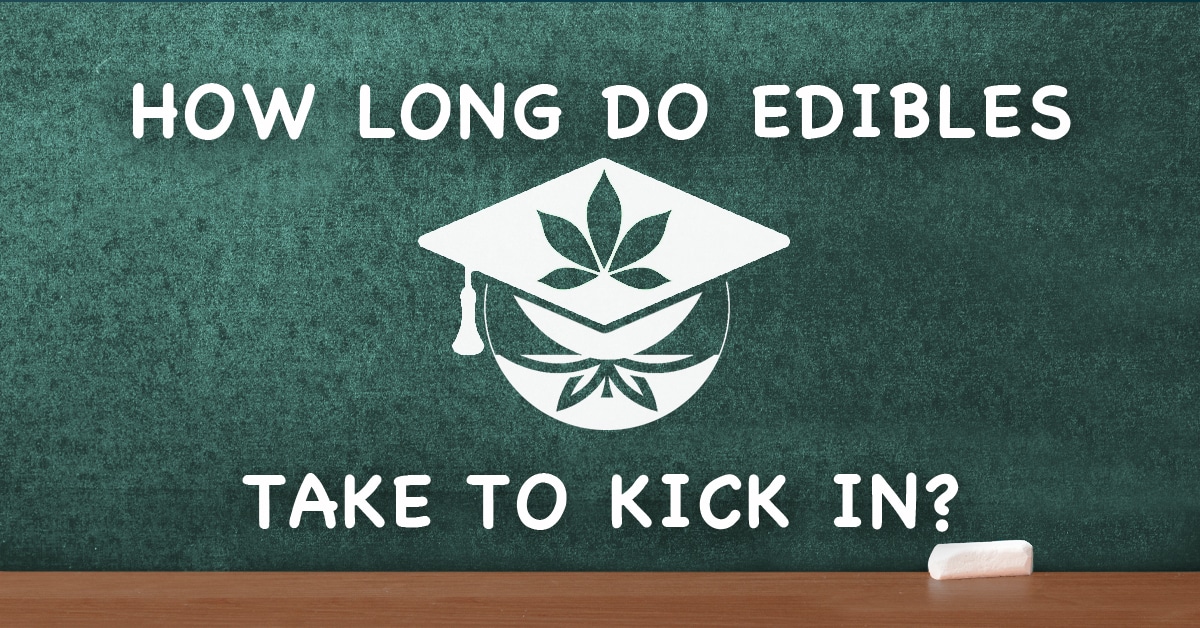
Conclusion & Final Remarks
If you read the whole article, you know when, how, and why Edibles take so long to kick in, and you should now have a much better grasp on what to expect in terms of timing.
As referenced in this article, we recommend to begin with small doses when trying out edibles for the first time. Starting low and going slow will help ensure that once the THC reaches your CB1 receptors, you won’t be overwhelmed by the undesired adverse effects of overconsumption of THC.
And remember – if you’re seeking a faster onset time for your THC edible experience – water first, take on an empty stomach, and follow it with a fatty-rich meal.
Lastly, make sure you buy the highest-quality THC gummies when trying to get the best efficacy out of your edibles. In doing so, you’ll further guarantee that your edible experience will be more enjoyable.
References
Barrus, D. G., et al. (2016). Tasty THC: Promises and challenges of cannabis edibles. Methods Report.
McClements, D. J. (2020). Enhancing efficacy, performance, and reliability of cannabis edibles: Insights from lipid bioavailability studies. Annual Review of Food Science and Technology.
Newmeyer, M. N., et al. (2017). Subjective and physiological effects, and expired carbon monoxide concentrations in frequent and occasional cannabis smokers following smoked, vaporized, and oral cannabis administration. Drug and Alcohol Dependence.
Sharma, P., et al. (2012). Chemistry, metabolism, and toxicology of cannabis: Clinical implications. Iranian Journal and Psychiatry.
Wolowich, W. R., Greif, R., Kleine-Brueggeney, M., Bernhard, W., & Theiler, L. (2019). Minimal Physiologically Based Pharmacokinetic Model of Intravenously and Orally Administered Delta-9-Tetrahydrocannabinol in Healthy Volunteers. European journal of drug metabolism and pharmacokinetics
Borodovsky, J. T., Crosier, B. S., Lee, D. C., Sargent, J. D., & Budney, A. J. (2016). Smoking, vaping, eating: Is legalization impacting the way people use cannabis?. The International journal on drug policy
Grotenhermen F. (2003). Pharmacokinetics and pharmacodynamics of cannabinoids. Clinical pharmacokinetics
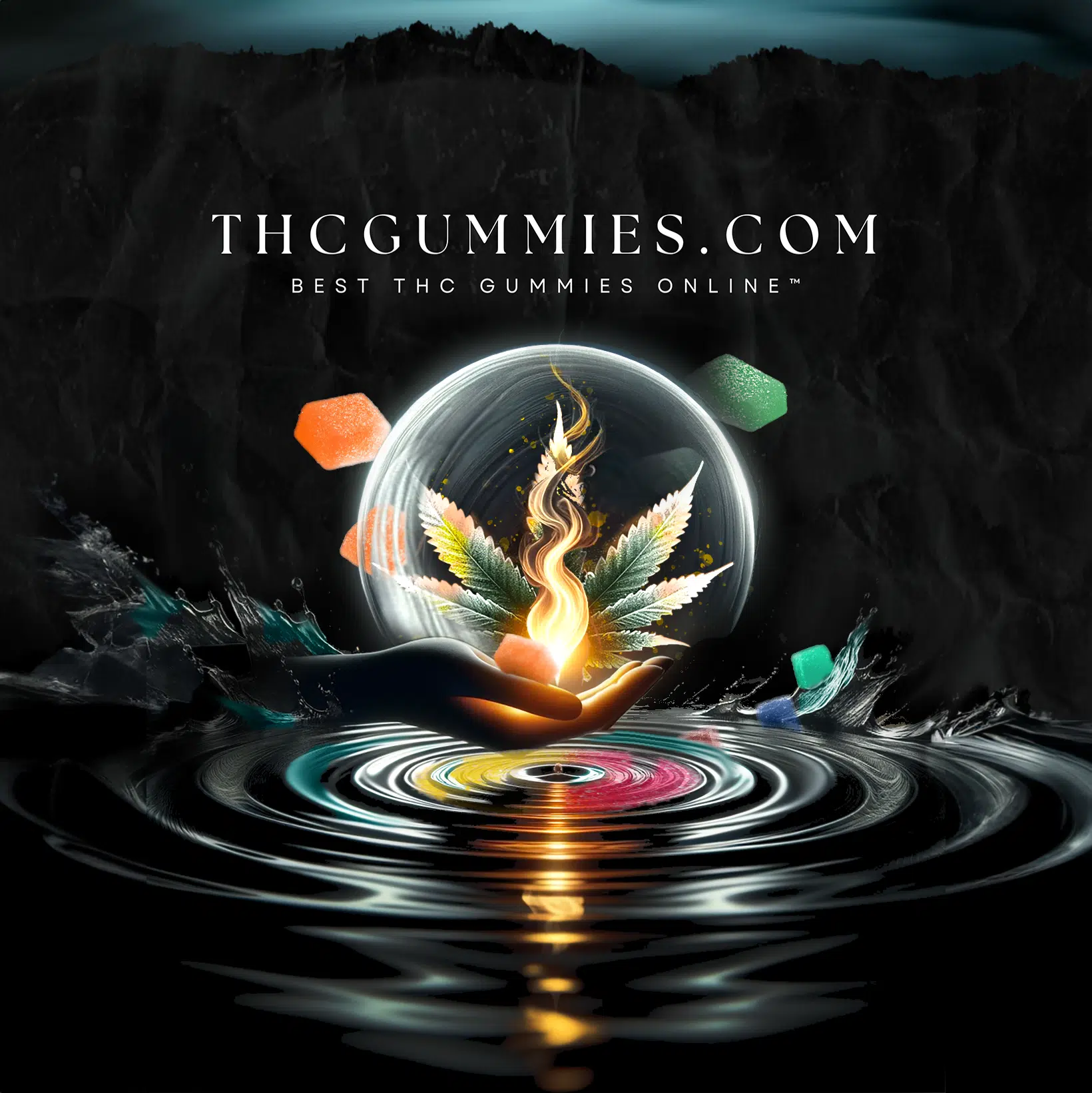
If this article sparked a new insight, pass the flame…
LET’S IGNITE RIPPLES OF CANNABIS WISDOM.
Be the catalyst for someone’s breakthrough moment.
SHARE ON SOCIAL MEDIA

Looking For Something Else?

